Home>Furniture & Design>Bathroom Accessories>Why Does Water Level Drop In Toilet Bowl
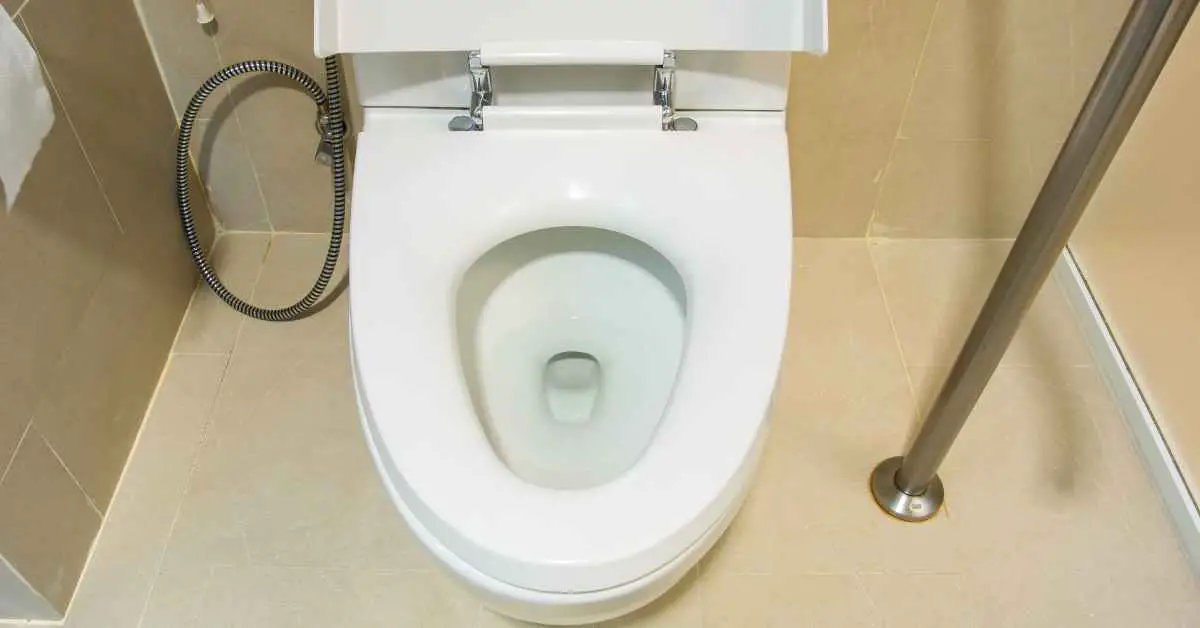

Bathroom Accessories
Why Does Water Level Drop In Toilet Bowl
Modified: February 17, 2024
Discover why the water level drops in your toilet bowl and how bathroom accessories can help maintain proper functionality. Learn more about preventing common plumbing issues.
(Many of the links in this article redirect to a specific reviewed product. Your purchase of these products through affiliate links helps to generate commission for Storables.com, at no extra cost. Learn more)
Introduction- Understanding the phenomenon of water level drop in toilet bowl
The water level in a toilet bowl is a crucial aspect of its functionality. It's the water level that determines the effectiveness of the flush, the prevention of odors from escaping, and the prevention of potential water damage. However, there are instances when the water level in the toilet bowl drops unexpectedly, leaving many homeowners puzzled and concerned. Understanding the phenomenon of water level drop in a toilet bowl is essential for maintaining a properly functioning bathroom.
When the water level in the toilet bowl drops, it can be indicative of underlying issues that require attention. These issues can range from minor adjustments to more complex repairs. By comprehending the potential causes and effects of a water level drop, homeowners can take proactive measures to address the problem and ensure the optimal performance of their toilet.
In the following sections, we will delve into the various factors that can lead to a drop in the water level in a toilet bowl. By exploring these causes and their effects, homeowners can gain valuable insights into the maintenance and troubleshooting of their toilet systems. Additionally, we will discuss practical solutions to rectify the water level drop, empowering homeowners to address the issue effectively and restore their toilet to its optimal functionality.
Understanding the phenomenon of water level drop in a toilet bowl is not only informative but also empowers homeowners to take charge of their bathroom maintenance. By gaining insights into the intricacies of toilet functionality, individuals can ensure that their bathroom remains a comfortable and hygienic space for all occupants.
Key Takeaways:
- Don’t ignore a dropping water level in your toilet bowl! It can lead to weak flushes, smelly bathrooms, and even water damage. Keep an eye out for flapper issues, clogs, and leaks to maintain a healthy bathroom.
- Keep your toilet in top shape by fixing flapper and flush valve problems, clearing clogs, and repairing leaks. This ensures powerful flushes, a fresh-smelling bathroom, and prevents potential water damage.
Read more: Why Does Water In Toilet Bowl Leak Out
Causes of Water Level Drop- Flapper or flush valve issues- Clogged drain or vent pipe- Water leaks
The water level in a toilet bowl can drop due to various underlying issues, each of which can impact the overall functionality of the toilet. Understanding these causes is essential for homeowners to effectively troubleshoot and address the water level drop.
Flapper or Flush Valve Issues
One common cause of a water level drop in a toilet bowl is related to the flapper or flush valve. The flapper is a rubber component that seals the flush valve opening, allowing water to enter the bowl during a flush and then sealing it off to maintain the water level. If the flapper is worn out or damaged, it may not seal the flush valve properly, leading to a gradual drop in the water level. Similarly, issues with the flush valve, such as mineral buildup or malfunctions, can also result in a reduced water level in the toilet bowl.
Clogged Drain or Vent Pipe
Another potential cause of a water level drop is a clogged drain or vent pipe. A clog in the drain pipe can obstruct the flow of water from the toilet, leading to a decrease in the water level in the bowl. Similarly, a clog in the vent pipe can disrupt the air pressure within the plumbing system, affecting the proper flushing and refilling of the toilet bowl. These obstructions can impede the normal flow of water, resulting in a noticeable drop in the water level.
Water Leaks
Water leaks within the toilet system can also contribute to a decrease in the water level in the bowl. Leaks can occur in various components, including the tank, supply line, or even the base of the toilet. When there is a leak, water may escape from the system, causing the water level in the bowl to diminish over time. Identifying and addressing these leaks is crucial not only for maintaining the water level but also for preventing potential water damage to the surrounding areas.
Understanding these potential causes of a water level drop in a toilet bowl empowers homeowners to take proactive measures in addressing the underlying issues. By recognizing the role of the flapper, flush valve, drain and vent pipes, and water leaks in contributing to the water level drop, individuals can effectively troubleshoot and implement the necessary repairs to restore the optimal functionality of their toilet.
Effects of Water Level Drop- Reduced flushing power- Unpleasant odors- Potential water damage
A drop in the water level in a toilet bowl can have several significant effects, impacting both the functionality and overall hygiene of the bathroom environment. Understanding these effects is crucial for homeowners to grasp the implications of a water level drop and take appropriate measures to address the underlying issues.
Reduced Flushing Power
One of the most noticeable effects of a water level drop in a toilet bowl is the reduction in flushing power. When the water level is lower than optimal, the force and effectiveness of the flush are compromised. This can lead to incomplete waste removal, resulting in the need for multiple flushes to clear the bowl adequately. Not only does this diminish the overall efficiency of the toilet, but it also contributes to increased water usage, which is both wasteful and environmentally unsustainable. Furthermore, reduced flushing power can lead to unsanitary conditions if waste is not effectively removed, posing a potential health risk to occupants.
Unpleasant Odors
A lower water level in the toilet bowl can also contribute to the escape of unpleasant odors from the drain and sewer system. The water in the toilet bowl acts as a barrier, preventing foul odors from permeating the bathroom. However, when the water level drops, this barrier is compromised, allowing odors to waft into the air. This not only creates an uncomfortable and unhygienic bathroom environment but can also permeate other areas of the home, affecting overall indoor air quality. Addressing the water level drop is essential for maintaining a fresh and pleasant bathroom atmosphere.
Potential Water Damage
In addition to functional and hygienic concerns, a decrease in the water level in the toilet bowl can lead to potential water damage in the surrounding areas. When the water level is insufficient, there is an increased risk of waste and debris accumulating in the drain pipe, potentially leading to clogs and blockages. These obstructions can cause water to back up and overflow, resulting in damage to the flooring, subfloor, and even the ceiling below in multi-story homes. Moreover, if the water level drop is due to leaks in the toilet system, there is a risk of water seeping into the surrounding structures, leading to structural damage and mold growth. Addressing the water level drop promptly is crucial for mitigating the risk of water damage and preserving the integrity of the bathroom and adjacent spaces.
Understanding the effects of a water level drop in a toilet bowl underscores the importance of promptly addressing any issues that may contribute to this phenomenon. By recognizing the impact on flushing power, odors, and the potential for water damage, homeowners can prioritize the maintenance and repair of their toilet systems to ensure optimal functionality and a hygienic bathroom environment.
Read more: Why Does Water Keep Running In Toilet Bowl
Solutions to Water Level Drop- Adjusting the flapper or flush valve- Clearing clogs in the drain or vent pipe- Repairing water leaks
Addressing a water level drop in a toilet bowl necessitates targeted solutions to rectify the underlying causes and restore the optimal functionality of the system. By implementing the following solutions, homeowners can effectively troubleshoot and resolve issues related to the water level drop, ensuring a properly functioning and hygienic toilet environment.
Adjusting the Flapper or Flush Valve
One of the primary solutions to combat a water level drop in a toilet bowl involves adjusting or replacing the flapper or flush valve. If the flapper is worn out or damaged, it may not create a proper seal, leading to a gradual decrease in the water level. Similarly, issues with the flush valve, such as mineral buildup or malfunctions, can also contribute to a reduced water level. By inspecting and adjusting the flapper or flush valve, homeowners can ensure that these components effectively control the flow of water into the bowl, maintaining an optimal water level.
Clearing Clogs in the Drain or Vent Pipe
Clearing any clogs in the drain or vent pipe is essential for restoring the normal flow of water and addressing a water level drop in the toilet bowl. A clog in the drain pipe can impede the proper discharge of water from the toilet, leading to a diminished water level. Similarly, a clog in the vent pipe can disrupt the air pressure within the plumbing system, affecting the flushing and refilling of the toilet bowl. By utilizing appropriate tools or seeking professional assistance, homeowners can clear these obstructions, allowing for the unobstructed flow of water and the restoration of the optimal water level in the toilet bowl.
Repairing Water Leaks
Identifying and repairing any water leaks within the toilet system is crucial for preventing a decrease in the water level and mitigating the risk of potential water damage. Leaks can occur in various components, including the tank, supply line, or even the base of the toilet. When there is a leak, water may escape from the system, causing the water level in the bowl to diminish over time. By conducting a thorough inspection and addressing any leaks promptly, homeowners can prevent further water loss and ensure that the water level in the toilet bowl remains at the appropriate level.
By implementing these targeted solutions, homeowners can effectively address a water level drop in a toilet bowl and restore the optimal functionality of their toilet systems. These proactive measures not only rectify the immediate issue of water level drop but also contribute to the overall maintenance and longevity of the toilet, ensuring a hygienic and efficient bathroom environment for all occupants.
Frequently Asked Questions about Why Does Water Level Drop In Toilet Bowl
Was this page helpful?
At Storables.com, we guarantee accurate and reliable information. Our content, validated by Expert Board Contributors, is crafted following stringent Editorial Policies. We're committed to providing you with well-researched, expert-backed insights for all your informational needs.
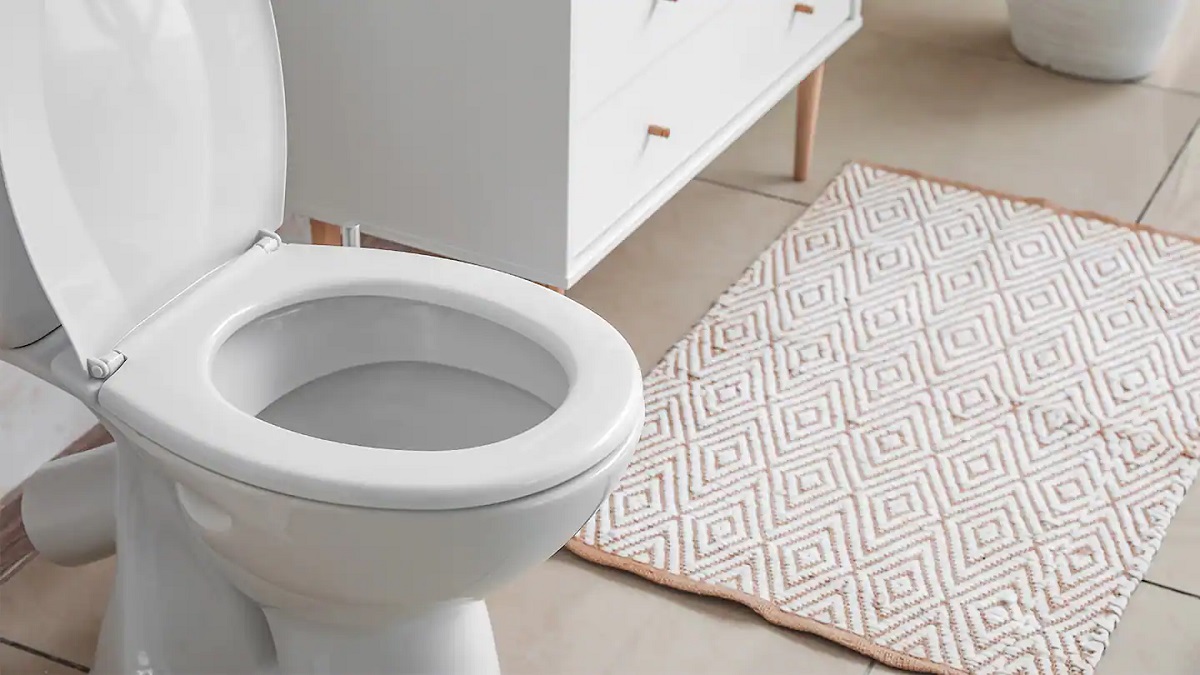
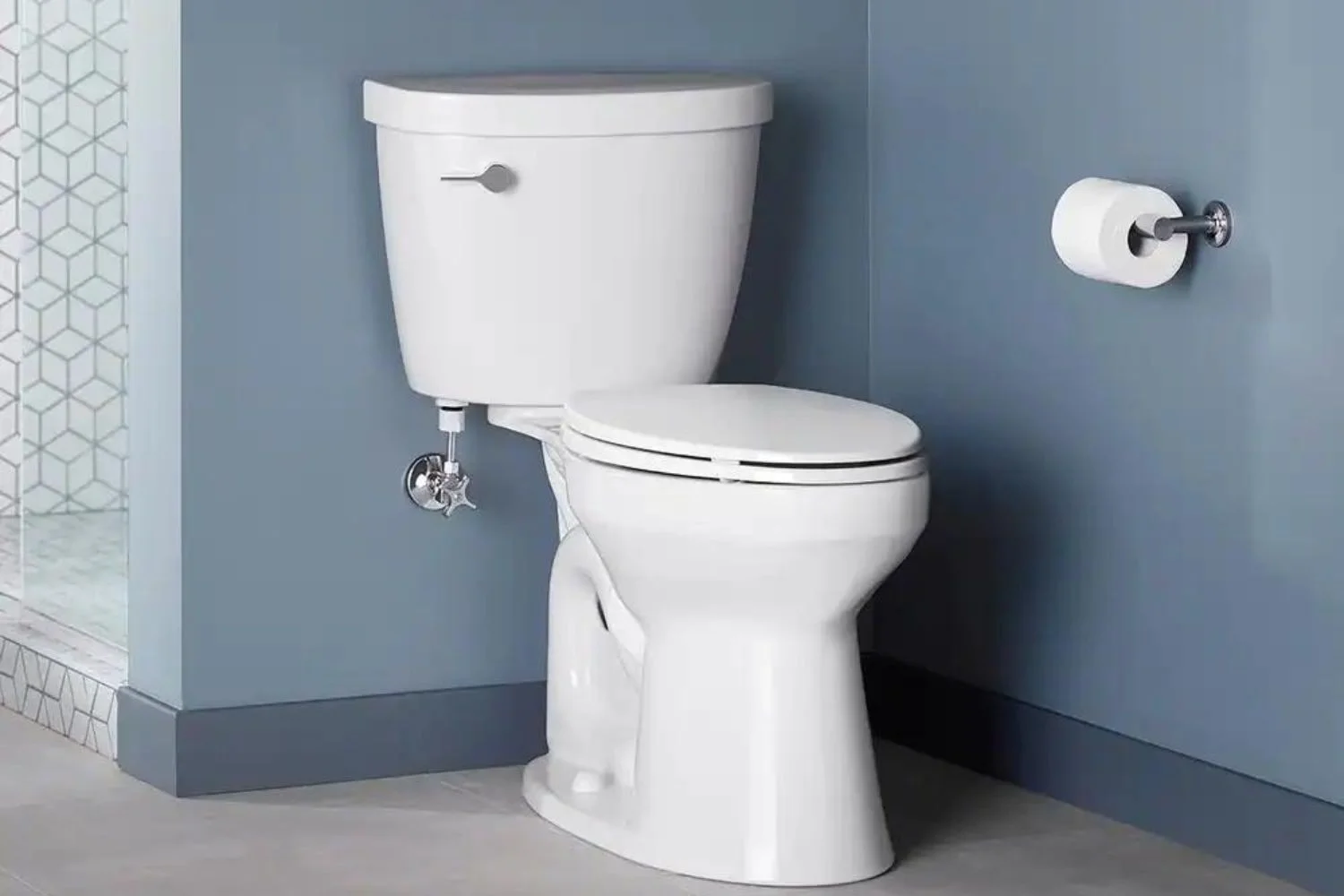
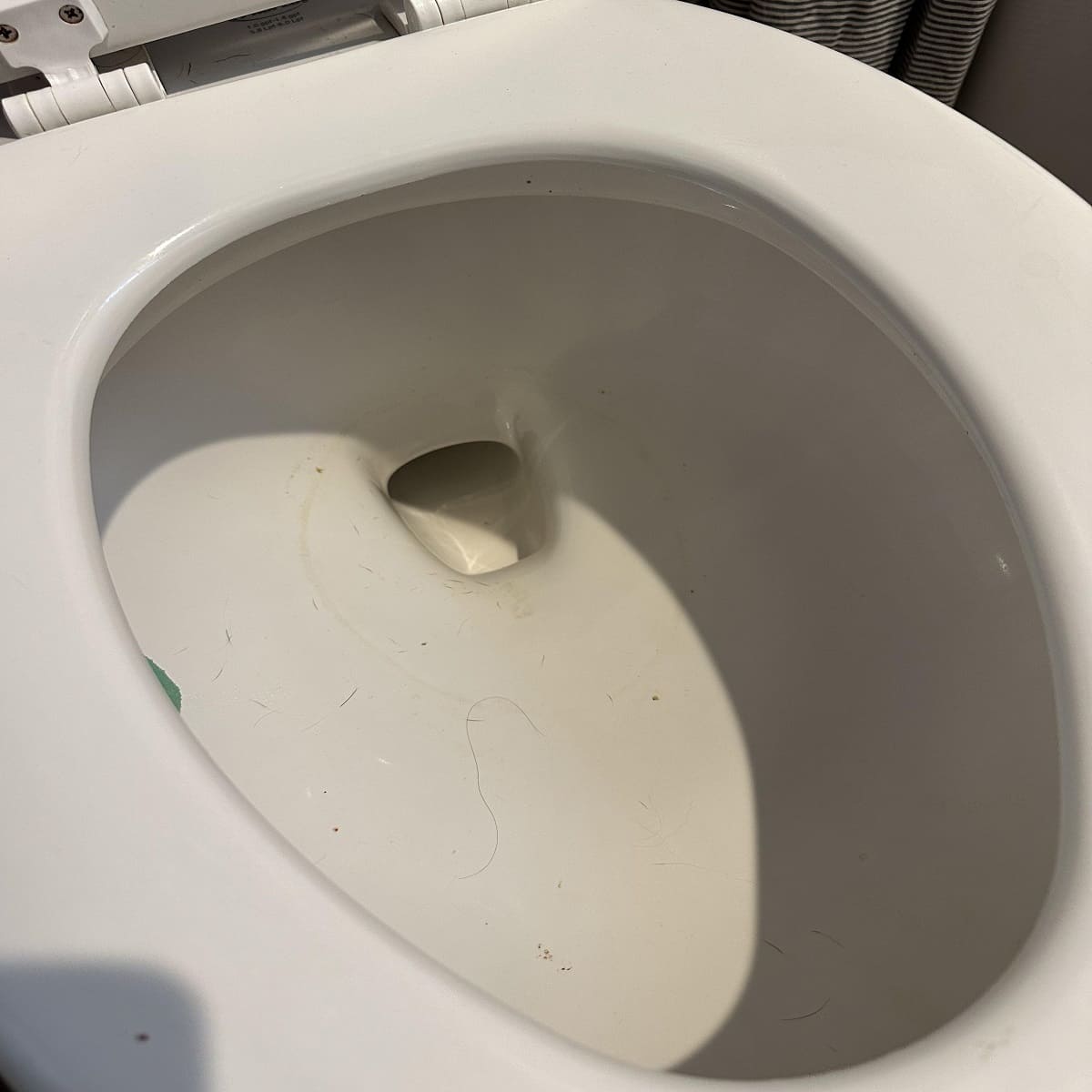
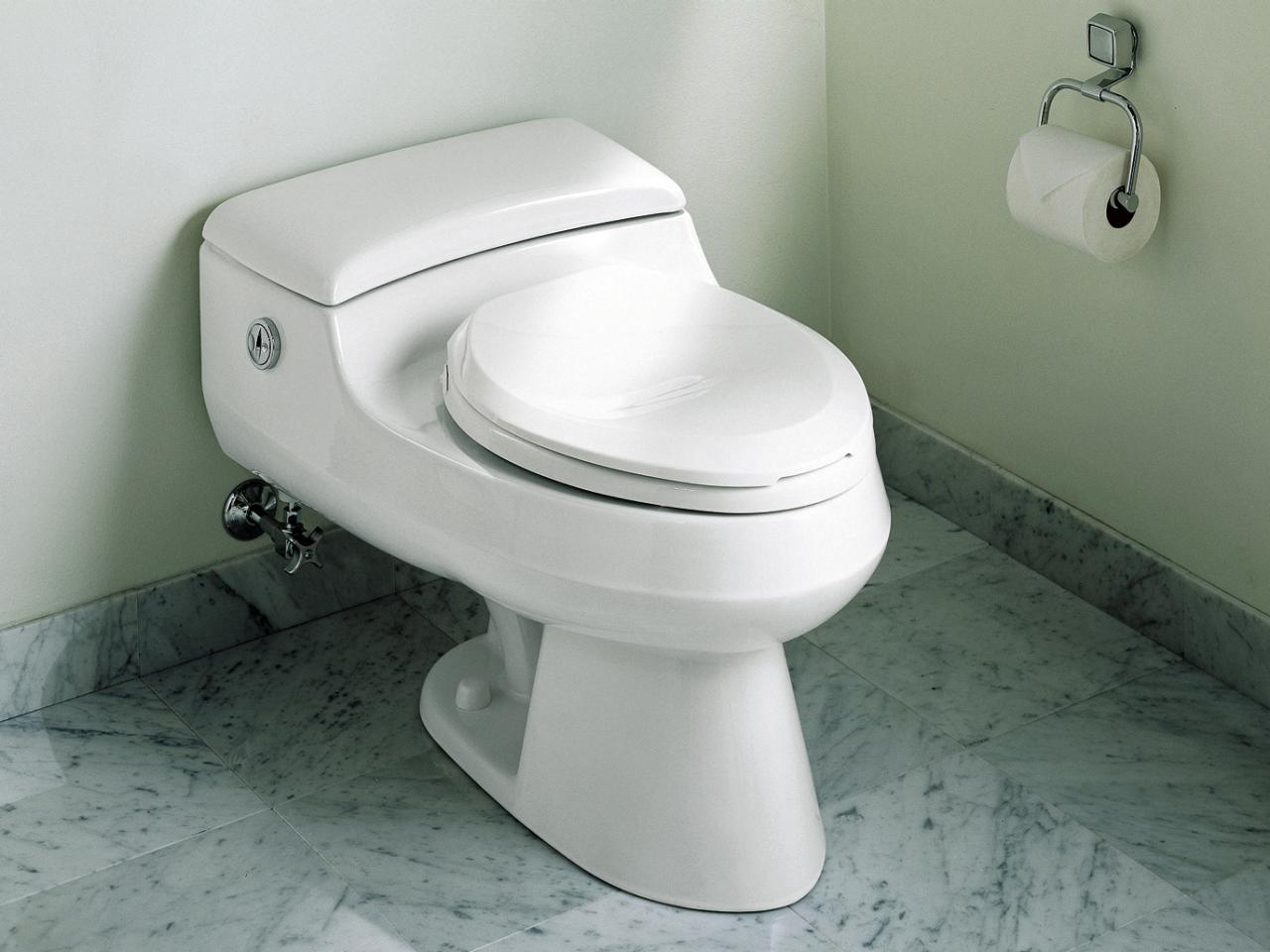

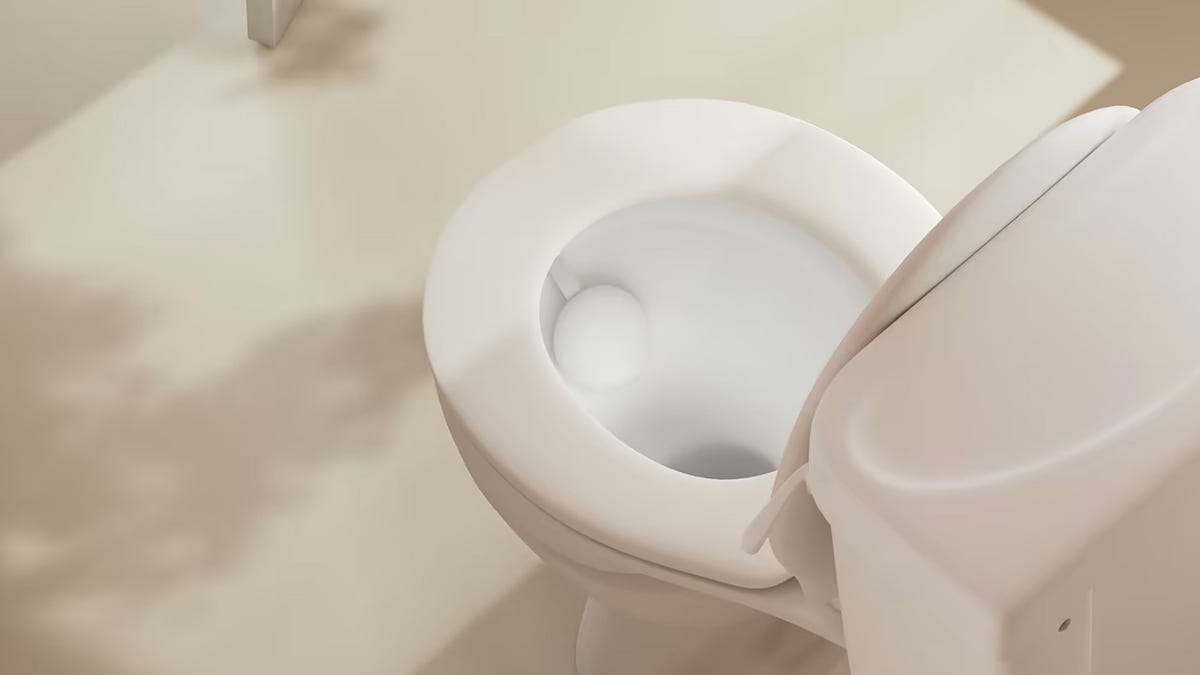
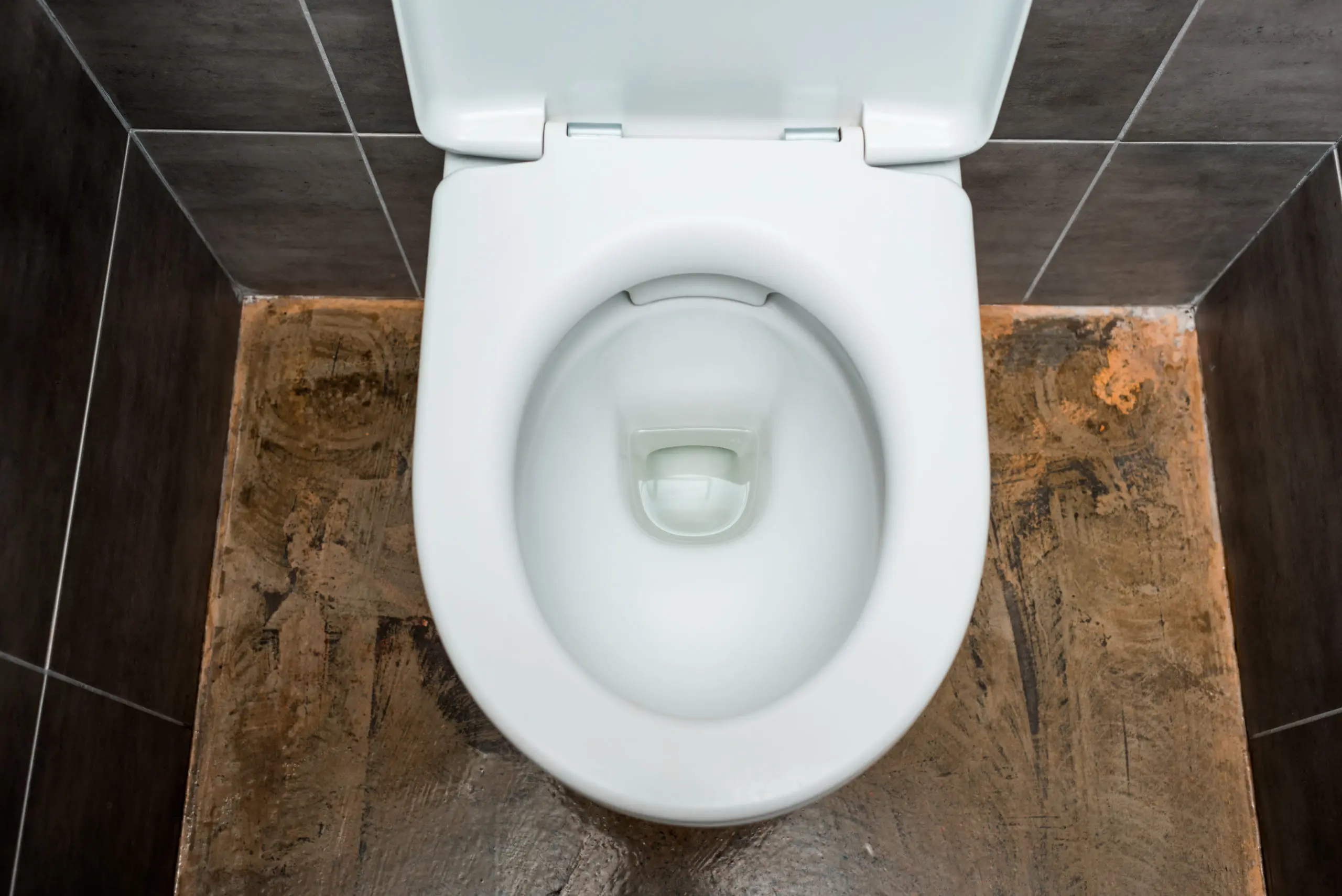
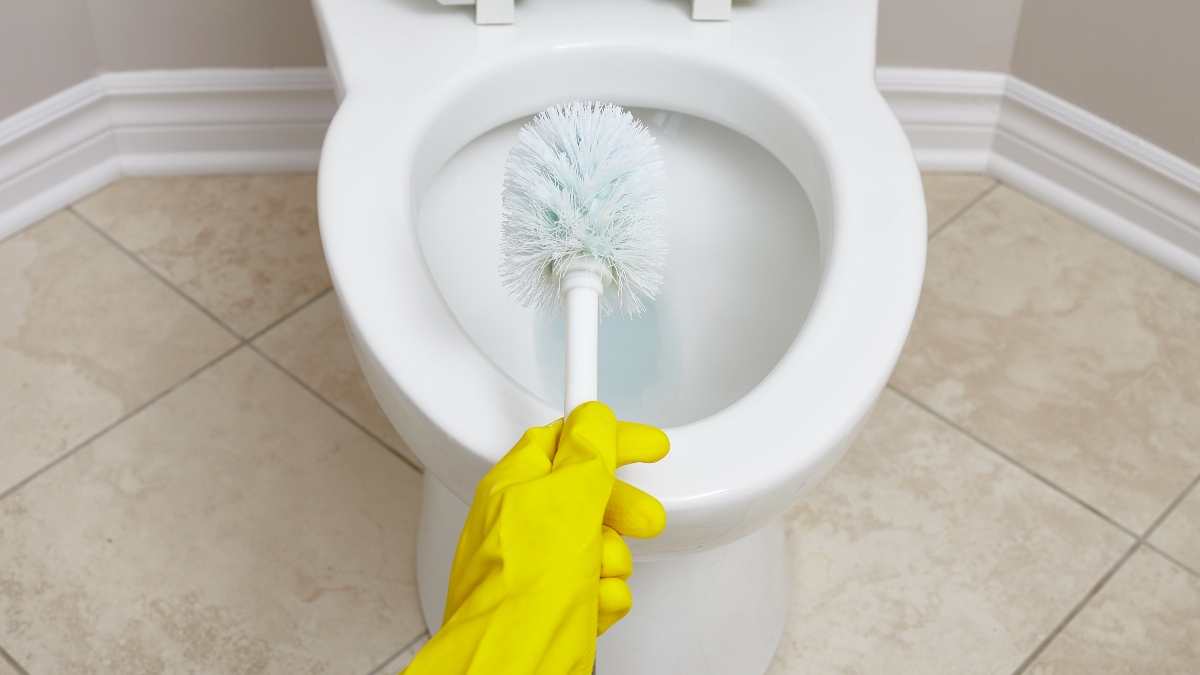
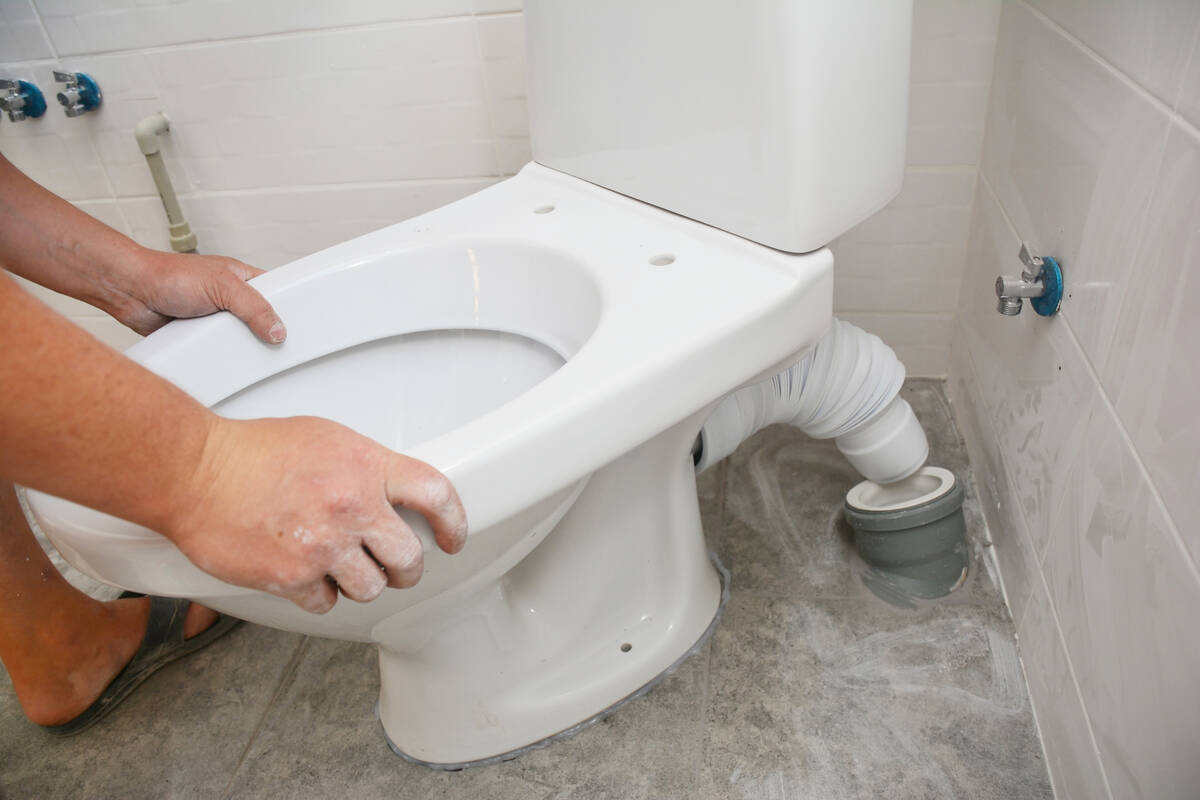
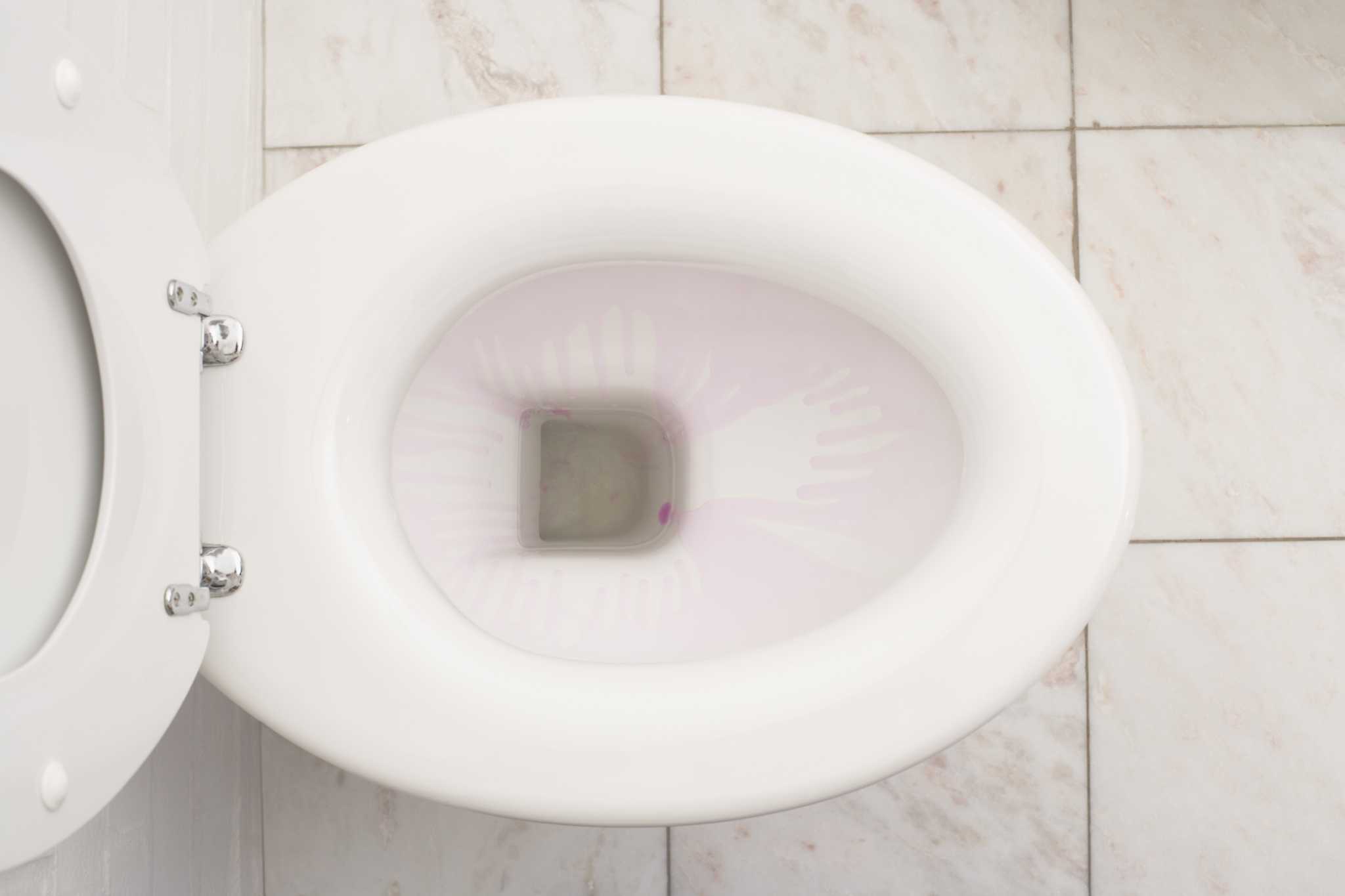
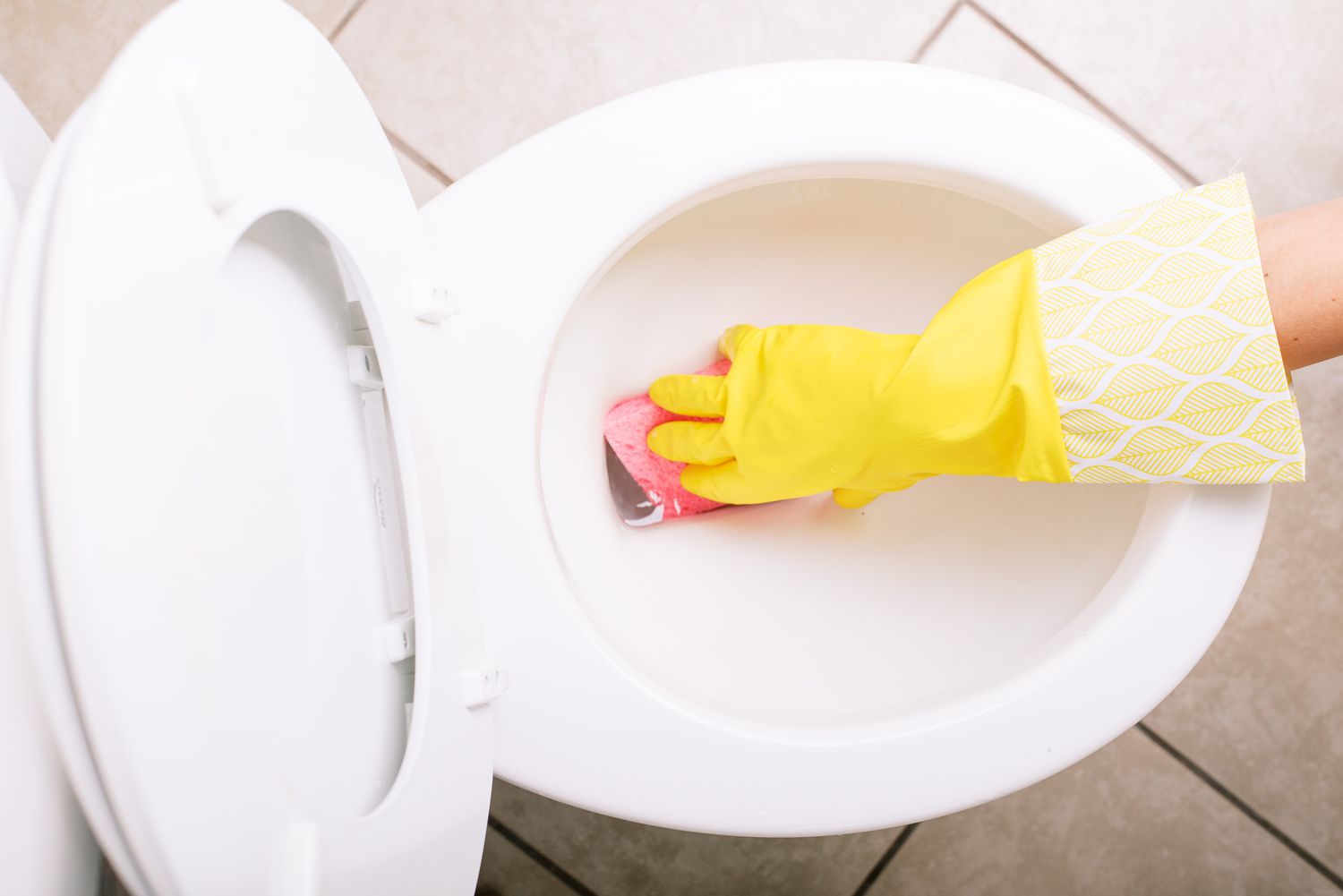
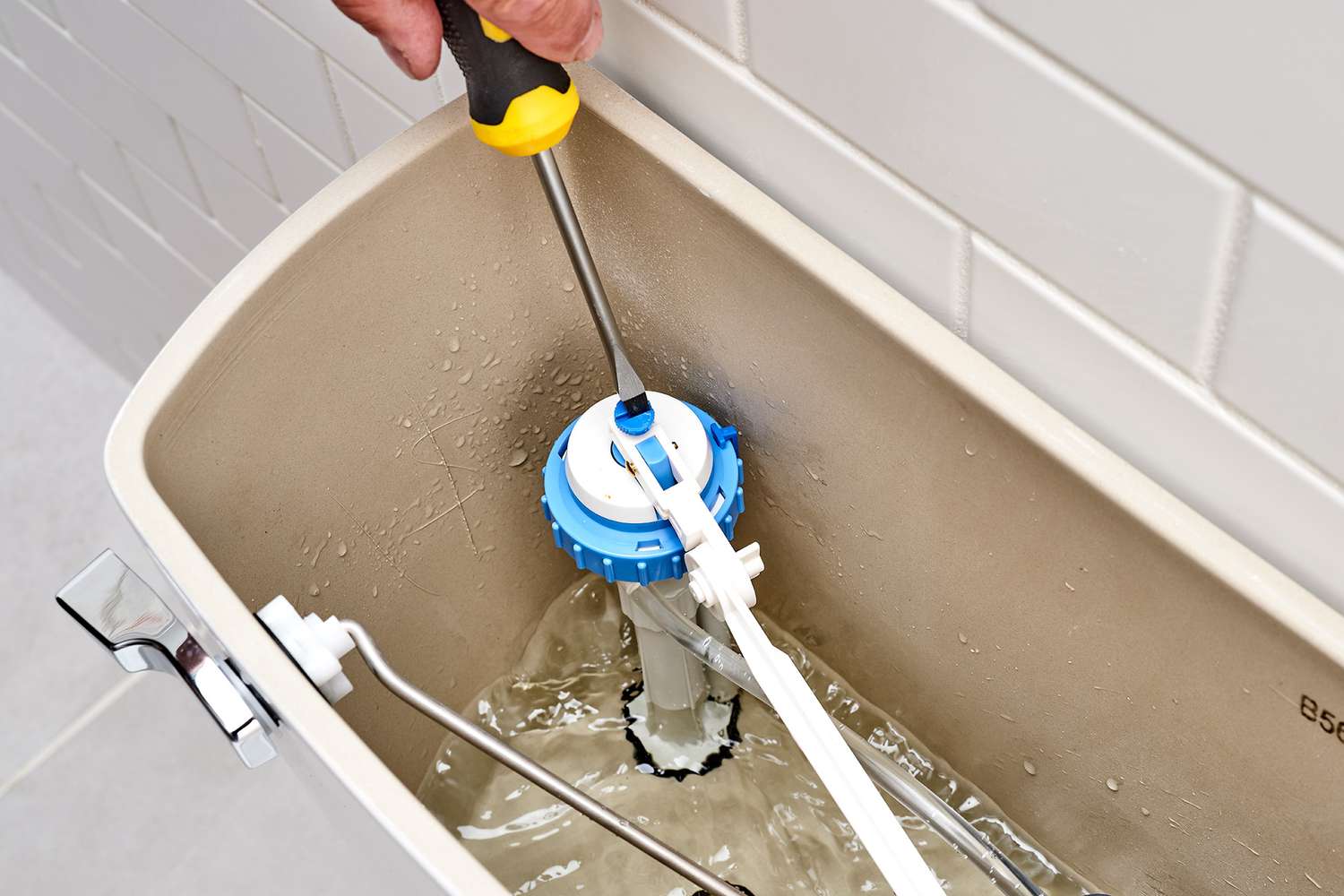
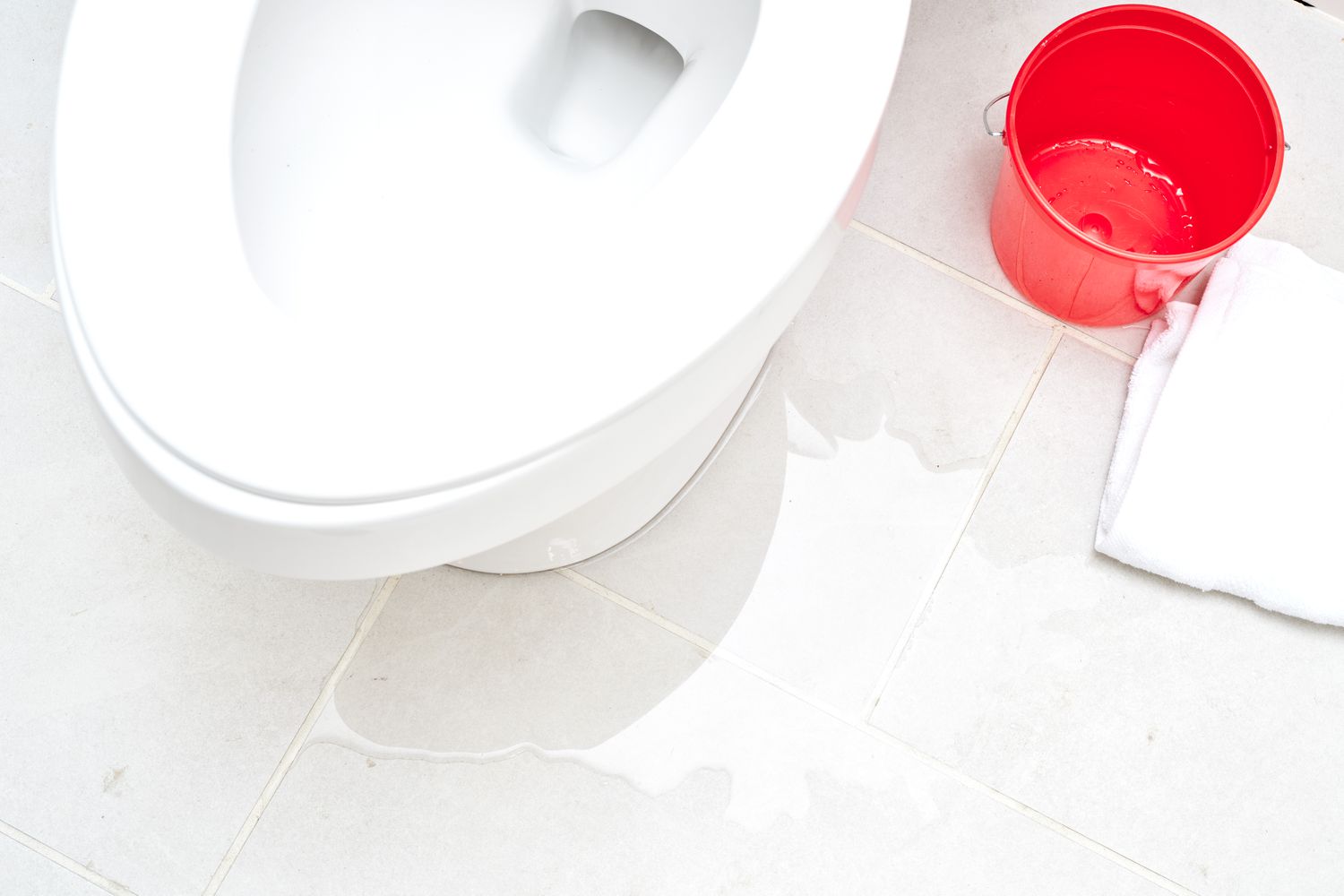

0 thoughts on “Why Does Water Level Drop In Toilet Bowl”